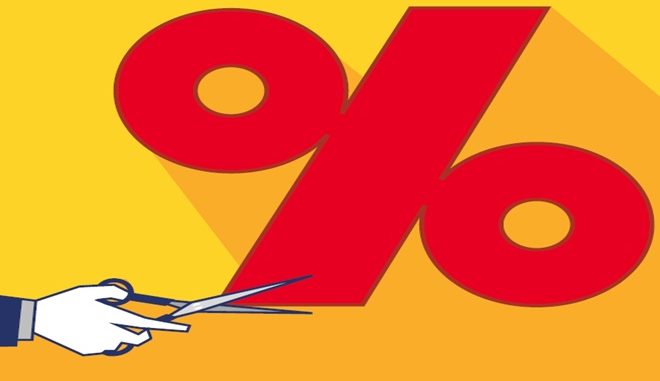
Context:
- RBI has delivered a cut of 35 basis points in the benchmark repo rate in its monetary policy announcement.
Important Factors behind the huge cut:
Low GDP growth rate:
- The GDP growth rate for the financial year 2018 was very low at 7.2%. The earlier forecast of the growth rate of 7.0% for the financial year 2019 is revised to 6.9% by the Reserve Bank of India.
- There is an economic slowdown at the global level amid the rising trade tensions. The economic activity at home also stays weak.
- The primary reason behind the slow growth is low demand, the slowdown of investment and consumption.
Benign inflationary trends:
- The benign inflationary trends are chiefly seen in food products. They involve increasing fuel prices while the food prices tend to remain low or constant.
The benign inflationary trends are defined by the following characteristics in an economy:
- Depreciation of the currency.
- Increasing current account deficit.
- Fiscal deficit targets are not being met.
- Downgraded NPAs in the financial sector.
Why 35 base points and not 25 or 50?
- Low inflation is addressed with cuts in repo rate by the central bank. The repo rate is usually cut by 25 base points or the multiples of 25.
- Surprisingly enough, this time the RBI Monetary Policy Committee decided a rate cut of 35 base point in the benchmark repo rate.
- This, however, can be explained by the present economic conditions where the rate cut of 25 bps would be too low and 50 bps too huge. Hence a moderate 35 bps is agreed upon by the MPC.
- From earlier 5.75 percent, now the repo rate stands at 5.40%, touching the lowest in nine years. Since February, the RBI has cut rates in consecutive four policies. This in total amounts to 110 basis points.
The impact of rate cuts on lending rate:
- Against RBI’s 75 bps cut from February to July this year, the banks could decrease their lending rates only by 29 bps, which is disappointing. The unusual 35 bps rate cut is proposed to reduce the lending rates at a quicker pace. This move will also ensure price stability in the economy.
How will the rate cut incentivize investment?
- Investment relies on “real” interest rate which is the difference between repo rate and retail inflation.
- In India, the real investment rate has been very high and yet continuously rising. By current rate cut of 35 bps, the interest rate would be reduced which will provide a much-needed boost to investment.
Economic slowdown: Structural or Cyclical?
- Structural changes are long term changes in the economy, they require introducing policy reforms whereas cyclical changes are relatively temporary in nature and can be dealt with by bringing short term changes in the spending habits of the government and changing the tax rates.
- According to the experts, the current economic situation is a hybrid of both-structural as well as cyclical, hence, it must be treated as such.
Conclusion:
- Since the current slowdown in the economy is partly cyclical and partly structural, the drastic cut in the repo rate, although a needed step, cannot fix the slow growth rate alone. The situation also demands a government response in terms of policy reforms. Therefore, the government must unleash major reform changes else the decision of the Reserve Bank will not be fruitful.

Leave a Reply
You must be logged in to post a comment.